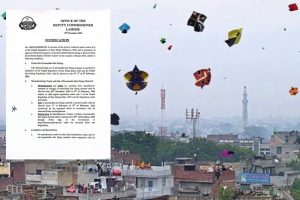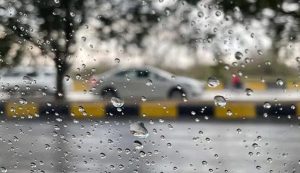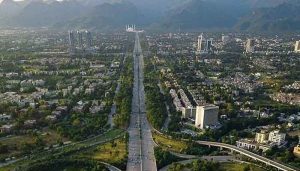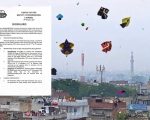PARIS – As many as 93 journalists were killed in Pakistan over the past 20 years while the global toll during this period stand at 1668, an average of more than 80 a year, according to a report published by Reporters Without Borders.
The two decades between 2003 and 2022 were “especially deadly decades for those in the service of the right to inform,” said the Paris-based media rights group.
“Behind the figures, there are the faces, personalities, talent and commitment of those who have paid with their lives for their information gathering, their search for the truth and their passion for journalism,” RSF secretary-general Christophe Deloire said.
The annual death tolls peaked in 2012 and 2013 with 144 and 142 journalists killed, respectively. These peaks, due in large measure to the war in Syria, were followed by a gradual fall and then historically low figures from 2019 onwards.
Sadly, the number of journalists killed in connection with their work in 2022 – 58 according to RSF’s Press Freedom Barometer on 28 December – was the highest in the past four years and was 13.7% higher than in 2021, when 51 journalists were killed.
The two countries with the highest death tolls are Iraq and Syria, with a combined total of 578 journalists killed in the past 20 years, or more than a third of the worldwide total. They are followed by Mexico (125 killed), the Philippines (107), Pakistan (93), Afghanistan (81) and Somalia (78).
The war that began in Ukraine on 24 February 2022 is one of the reasons why this country has Europe’s second highest death toll. Eight journalists have been killed in Ukraine since Russia invaded. But an additional 12 were killed there during the 19 preceding years.
“Since (President) Vladimir Putin took over, Russia has seen systematic attacks on press freedom — including deadly ones — as RSF has repeatedly reported.
“They include Anna Politkovskaya’s high-profile murder on 7 October 2006,” the rights group said.
Elsewhere in Europe, Turkey was ranked third most dangerous country for journalists, followed by France “as a result of the massacre at the satirical weekly Charlie Hebdo in Paris in 2015.”
RSF stressed, “countries where no war is officially taking place are not necessarily safe for reporters and some of them are near the top of the list of those where killings have occurred.
“In fact, more journalists have been killed in ‘zones at peace’ than in ‘zones at war’ during the past two decades, in most cases because they were investigating organized crime and corruption.”
The Americas accounted for almost half of journalist killings, many in Mexico, Brazil, Colombia and Honduras.
“America is nowadays clearly the world’s most dangerous continent for the media,” the media rights group said.














